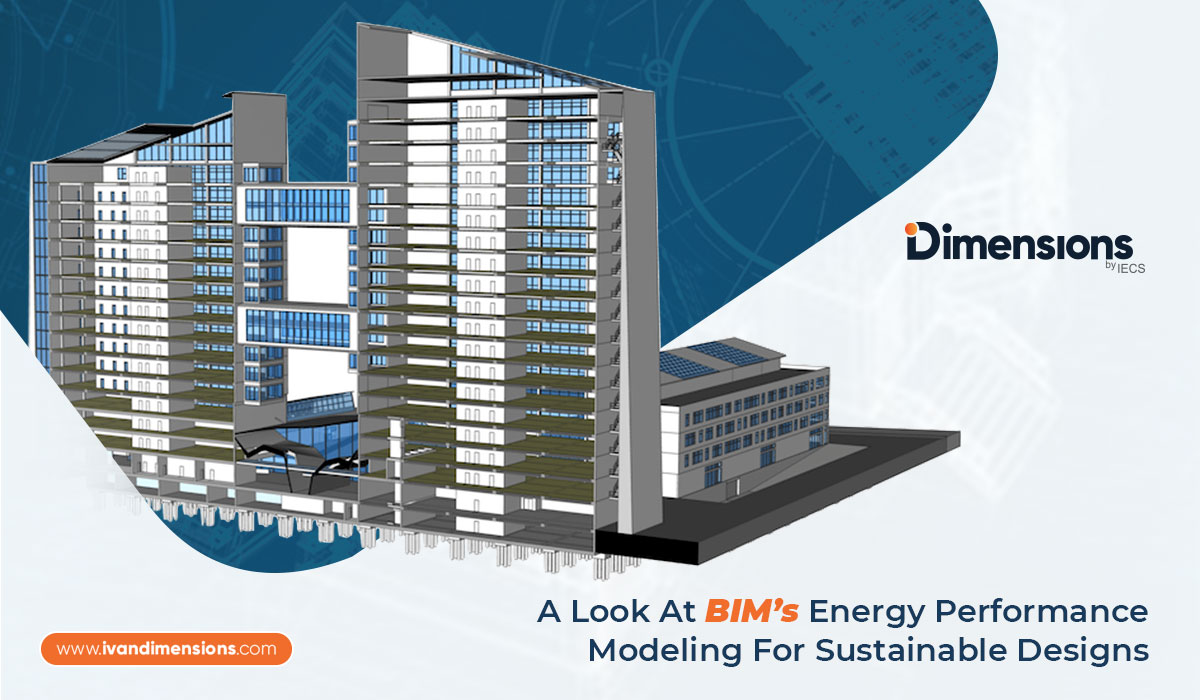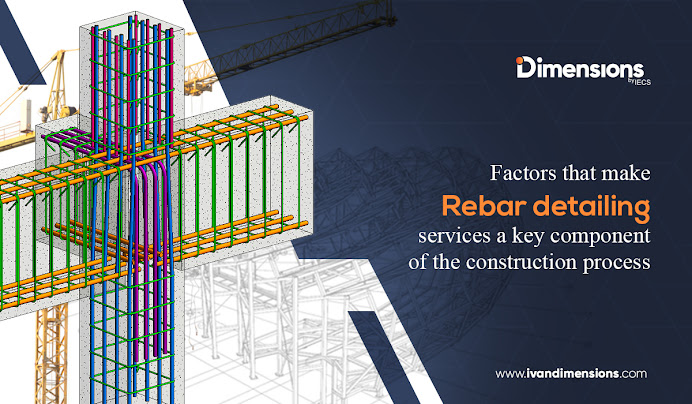How are AI and ML helping revolutionize point cloud services?
Scan-to-BIM has become a popular term in the AEC industry these days. Point cloud services offered by a leading scan to BIM service provider have cast a great influence on the AEC industry by speeding up the process of generating a 3D model for an existing project. Particularly point cloud services have become a must-have for refurbishment, expansion, and renovation projects. In the case of these projects, Scan-to-BIM can increase the cost-effectiveness and curtail project risks.
However, despite offering several advantages the current workflow of the scan-to-BIM process is very arduous. It involves the task of scanning the entire premises using laser scanners and then converting the point cloud data thus generated into a 3D model with the help of BIM. Along with being time-consuming, all these activities required the intervention of human beings.
However, with the power of AI and ML, it is now possible to make the scan-to-BIM process smart and automated. First latest talk about AI and ML in brief.
A brief definition of AI and ML
Artificial Intelligence can allow a machine to mimic human thinking and behavior. On the other hand, machine learning refers to the ability of software to learn and improve decision-making over time. Machine learning can be used for important human cognitive functions. In this respect, machine learning can be referred to as a subset of artificial intelligence. Now after having a simple definition of Artificial Intelligence and machine learning let us check how these two revolutionary technologies can impact point cloud services.
Impact of AI and ML on scan-to-BIM
Every 3D laser scanner generates a huge amount of point cloud data. After this huge database is imported into BIM, proficient engineers have to spend hours deciphering important information out of this point cloud data. However, the application of AI can help in identifying elements/ objects and make the process of converting scan to BIM fast and seamless.
The application of artificial intelligence in the Scan to BIM process not only expedites it but also reduces the possibility of human errors. Similarly, machine learning can help BIM learn from the point cloud database and use algorithms to perceive patterns in the data. Thus, machine learning can considerably accelerate the process of converting point cloud data to a 3D model. Thus, machine learning can make it easy to analyze projects and mitigate the risks involved.
With the help of Artificial Intelligence, the user can input codes and design standards in the form of rules. Machine learning can make use of these rules to make an informed decision based on observation and experience. To improve the capability of Machine Learning, it is important to evaluate an ample number of predefined services along with their properties. Analyzing different surfaces beforehand can help in creating an inventory referred to as the classification database which can then be used for future projects. Thus, while AI helps in streamlining the scan-to-BIM process, ML helps in the proper execution of the process. ML can also help in making informed decisions resulting in an efficient business process.
Thus, the application of AI and ML holds the promise to revolutionize point cloud services offered by leading scan to BIM service provider. Have you used the power of AI and ML in your projects as yet?




Comments
Post a Comment